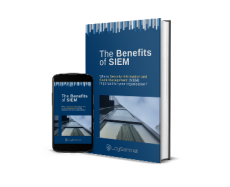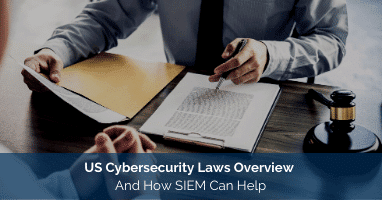Security | Threat Detection | Cyberattacks | DevSecOps | Compliance
January 2021
Why Mid-Market Companies and SMEs Benefit From SIEM
Security information and event management (SIEM) has been “reserved” for large enterprises for a long time and therefore vendors largely ignored smaller customers. “Smaller customers” are medium enterprises and mid-market companies, according to various definitions and brackets, and they range from a hundred to more than a thousand employees. But the problem that SIEM solves are problems that these SME/mid-market organizations have as well.
US Cybersecurity Laws Overview And How SIEM Can Help
Cybersecurity is increasingly becoming a topic for legislators, especially for the public sector, critical infrastructure, healthcare, education, the financial and insurance sectors. In the US, in addition to several federal laws (HIPAA, HITECH, GLBA, SOX, FISMA, CISA), there are many state-level laws that impose some level of cybersecurity requirement (we have excluded the ones regarding election security in particular, as that’s a separate topic of discussion)
The Importance Of Threat Intelligence Sharing Through TAXII And STIX
Threat intelligence has been a very important asset to cybersecurity- knowing in advance some properties of malicious actors is key for preventing security incidents. Most typically these properties are IP addresses, domains, emails and file hashes, and being able to compare them to what’s happening in your infrastructure allows for quick response and prevention.
LogSentinel SIEM Roadmap: From SIEM to a 360-Degree Security Monitoring Platform
LogSentinel’s vision is to provide a security monitoring solution to any organization that needs it and thus reduce their risk of security breaches. That vision requires many innovations and here we’re sharing our high-level roadmap for the next 2 years. Each part of LogSentinel SIEM roadmap is accompanied with a detailed list of stories in our backlog so that can be easily brought to market.






